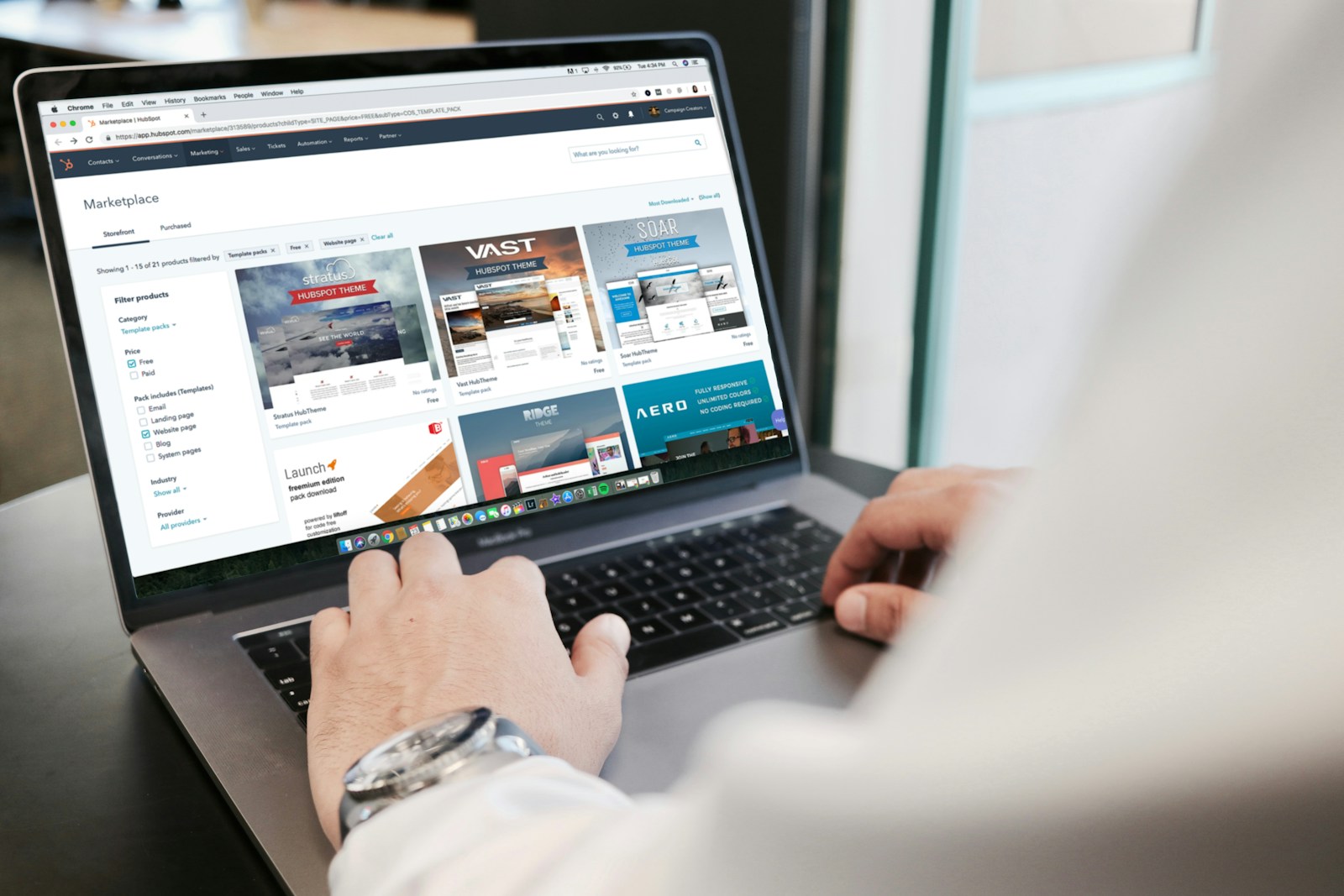Creating a professional-looking website is essential for establishing credibility and attracting visitors. However, even small design mistakes can make your site look unprofessional and drive users away. To help you avoid these pitfalls, here are the top five web design mistakes to avoid for a professional look.
1. Overcrowded Design
An overcrowded design with too many elements can overwhelm visitors and make your website difficult to navigate. Simplicity and clarity are key to creating a professional appearance.
How to Avoid It:
- Use White Space: Incorporate plenty of white space to give your content room to breathe. This helps highlight important elements and makes your site more readable.
- Limit Colors and Fonts: Stick to a cohesive color palette and a maximum of two or three fonts. Consistency in design elements enhances the professional look.
- Focus on Key Elements: Prioritize the most important information and features. Avoid cluttering your site with unnecessary graphics, text, or animations.
Example: A clean homepage with a clear call-to-action and minimal distractions immediately conveys professionalism and helps guide visitors towards their goals.
2. Inconsistent Branding
Inconsistent branding can confuse visitors and dilute your brand’s identity. A professional website should have a cohesive look and feel that aligns with your brand.
How to Avoid It:
- Consistent Visuals: Use the same color scheme, typography, and imagery across all pages. Consistency reinforces your brand and makes your site look polished.
- Unified Tone and Style: Ensure that your content follows a consistent tone and style. This includes text, images, and other multimedia elements.
- Brand Guidelines: Develop and adhere to brand guidelines that outline how your visual and textual elements should be used.
Example: A website where the logo, color scheme, and typography are consistent across all pages will appear more professional and trustworthy to visitors.
3. Poor Navigation
Complicated or confusing navigation can frustrate visitors and lead them to leave your site. Professional websites offer intuitive and straightforward navigation to enhance user experience.
How to Avoid It:
- Clear Menu Structure: Use a simple and logical menu structure. Categorize content in a way that makes it easy for visitors to find what they’re looking for.
- Descriptive Labels: Use clear and descriptive labels for menu items. Avoid jargon or overly creative names that can confuse users.
- Search Functionality: Include a search bar to help users quickly locate specific information.
Example: A well-organized menu with clear labels and a search bar ensures that visitors can navigate your site effortlessly, making for a more professional user experience.
4. Ignoring Mobile Optimization
With an increasing number of users accessing websites from mobile devices, a professional website must be fully optimized for mobile use. Ignoring mobile optimization can lead to a poor user experience and lower search engine rankings.
How to Avoid It:
- Responsive Design: Implement a responsive design that adjusts your site’s layout based on the user’s screen size. This ensures a seamless experience across all devices.
- Mobile-Friendly Elements: Use larger buttons, readable fonts, and easy-to-tap links to enhance usability on mobile devices.
- Test Across Devices: Regularly test your website on various devices and screen sizes to ensure it looks and functions well everywhere.
Example: A responsive website that looks great and functions smoothly on both desktop and mobile devices demonstrates professionalism and a commitment to user experience.
5. Slow Load Times
Slow load times can frustrate visitors and cause them to abandon your site. Professional websites load quickly and efficiently to keep users engaged.
How to Avoid It:
- Optimize Images: Compress images without sacrificing quality to reduce load times.
- Minimize Code: Remove unnecessary code, use asynchronous loading for scripts, and leverage browser caching.
- Use a Content Delivery Network (CDN): A CDN can distribute your content across multiple servers, reducing load times for users regardless of their location.
Example: A fast-loading website not only improves user experience but also boosts your search engine rankings, making your site look more professional and accessible.
Conclusion
Avoiding these common web design mistakes is essential for creating a professional-looking website that attracts and retains visitors. By focusing on simplicity, consistent branding, intuitive navigation, mobile optimization, and fast load times, you can ensure your site looks polished and functions smoothly. Implement these strategies to enhance your website’s professionalism and provide a better user experience, ultimately driving more engagement and success for your online presence.

